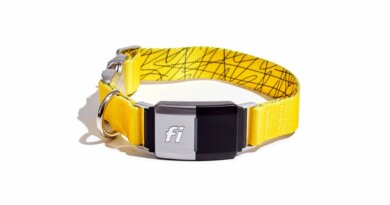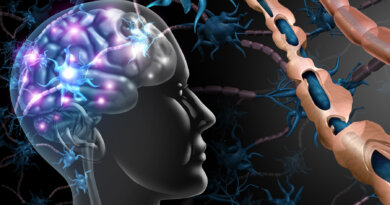Umbilical Hernias in Puppies – Whole Dog Journal
If your puppy has an umbilical hernia, it usually looks a lot like an “outie” puppy belly button. The umbilicus, or belly button, is where the umbilical cord attached to the puppy’s belly while he was in the womb. At birth, the umbilical cord is either broken or cut, and the hole in the puppy’s belly wall closes. When this hole doesn’t close properly it’s called an umbilical hernia. The reason it looks like an “outie” belly button is because fat from inside the abdomen pokes through the hole and creates the little bulge you can see under the skin.
Small Umbilical Hernias
Small umbilical hernias, under a half inch, rarely cause a problem. You can’t expect the hernia to go away, but it does not necessarily have to be repaired. Larger umbilical hernias should be repaired to avoid a situation where abdominal contents more vital than fat, like intestines, sneak out and become entrapped. If this happens, your dog will require emergency abdominal surgery.
Because it’s rare for intestines to get entrapped in puppy umbilical hernias, it’s usually OK to wait and have the hernia repaired when you have your puppy spayed or neutered. This way your puppy only goes under anesthesia once.
Monitor the Pup’s “Belly Button”
The hernia should be closely monitored in the meantime. Look at it and feel it every day. If your puppy’s hernia is “reducible,” meaning you can push the fat back into the abdomen easily, it should stay that way. If a previously reducible hernia is suddenly non-reducible, this could be a sign of trouble and a trip to the vet is warranted.
Signs that something bad, like entrapped intestine, is happening include the hernia area becoming hot, red, firm, larger than it was, and painful to the touch. Your puppy will likely be depressed, vomiting, and having abdominal pain. This is a surgical emergency, so get immediate veterinary help.





